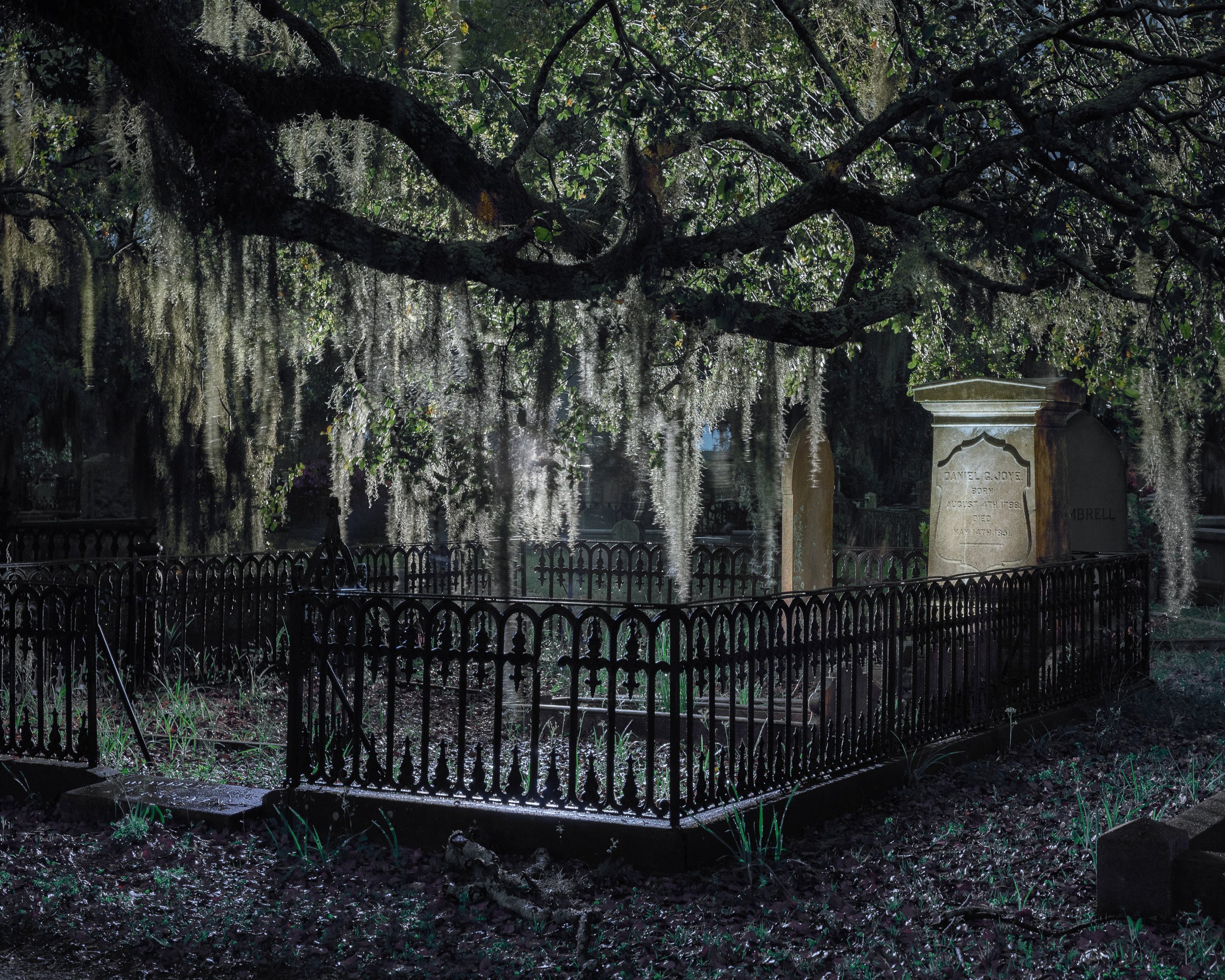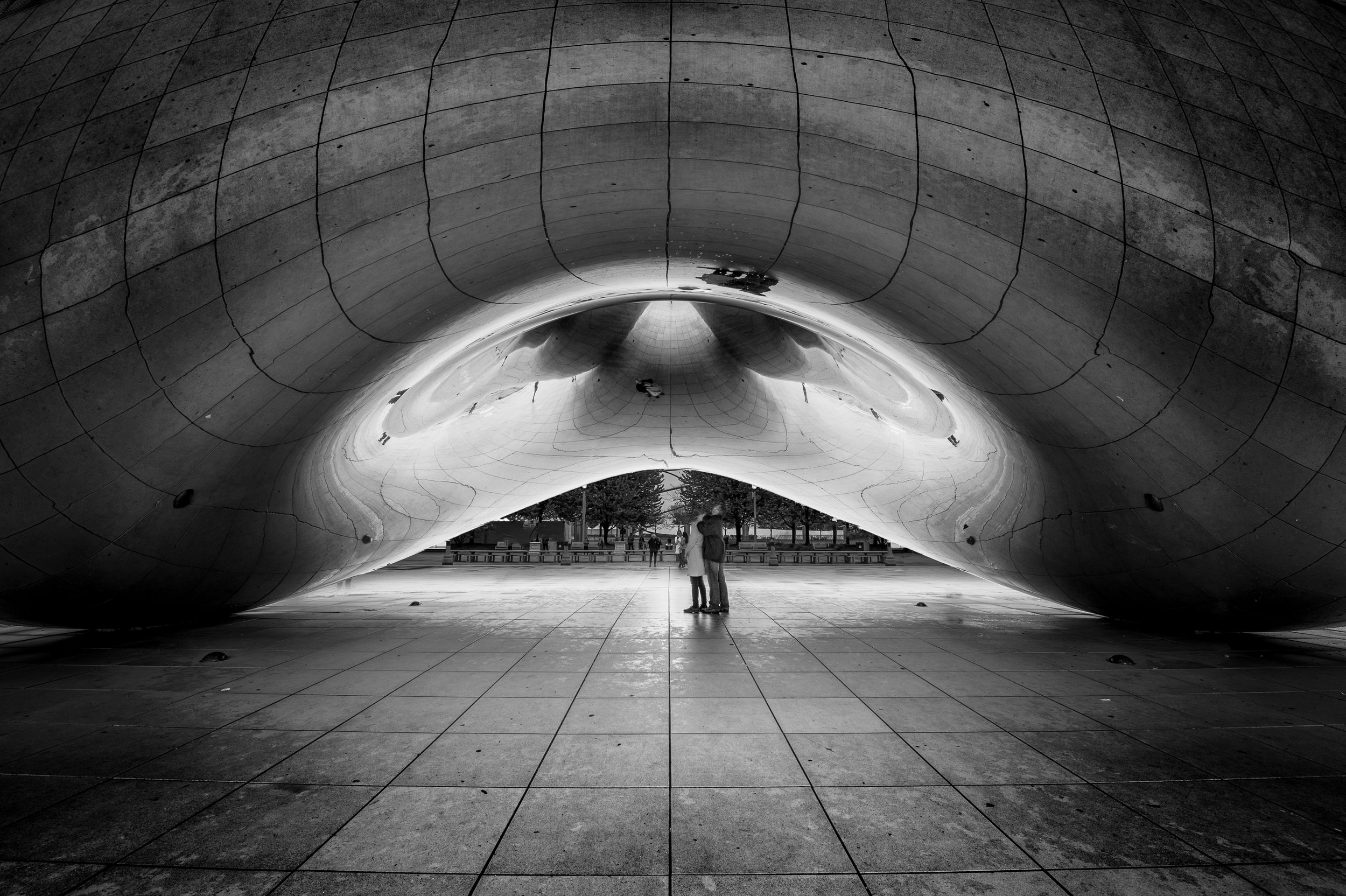It’s a new year, and we’re feeling … good?
Well, we should be! The new year is full of new possibilities for everything—including night photography.
But first, we have to be ready for it. To help get you started, here are 12 things you can do to prepare for your best night photography in 2021.
1. Research and Plan for Astronomy Events
Solar eclipse and Bailey’s beads. © 2017 Gabriel Biderman. Fujifilm X-T2 with a Fujifilm 100-400mm f/4.5-5.6 lens. 1/15, f/22, ISO 800.
A lot happens in the sky over 365 nights, and a lot of that can be different from one year to the next. 2021 will feature several items of note:
The Eta Aquarid, Perseid, Draconid and Gemenid meteor showers should be particularly good. (Download our Great Balls of Fire e-book for all you need to know about photographing a meteor shower.)
In March, Mercury, Jupiter, Saturn and a crescent moon will all pose together for a stellar night shot.
May will feature a total lunar eclipse around the Pacific Rim (including western North America).
The far-northern latitudes will enjoy an annular solar eclipse (i.e., a “ring of fire”) in June.
The Southern Ocean and anyone sailing in it will experience a total solar eclipse in December.
Of course, there’s even more in this year’s astronomy calendar. Check out resources such as Sea and Sky and National Geographic.
2. Test Your Camera for Night Work
Are you fully aware of how your camera behaves in low light, when shooting with long exposures and at high ISOs? Both situations introduce noise to images, but every camera has different thresholds, and every photographer has a different tolerance. All of that is important knowledge to have when photographing in dark conditions, yet so many of us just kinda guess.
Instead, be precise, take control. Read Matt’s blog posts “Testing Your Camera’s Tolerance For Long-Exposure Noise” and “How to Take an ISO Test with your Camera.” Test and learn your gear, and you’ll be a better night photographer in 2021.
3. Calibrate and Clean Your Display
Your monitor is the most critical piece of gear in the digital darkroom. We all know that keeping it calibrated is important so that you can ensure you’re seeing the best and most accurate color. But when’s the last time you actually did that? Get out that colorimeter (we love the X-Rite i1Display Pro) and hone that display!
While you’re at it, dust the screen, and consider cleaning it as well. Just be sure to check the manufacturer’s instructions.
4. Clean Your Tripod
While we’re on the subject of cleaning, how’s your tripod holding up? Are the legs not quite as easy to open as they once were? Have you been shooting in the desert? Near the sea? Tripods don’t like sand and salt and other such things—they can get into crevices and joints, leading to eventual lockdown and corrosion.
At minimum, put your tripod in the shower and rinse it down, then towel-dry it with a soft cloth and allow it to completely air-dry overnight.
If you want to deep-clean (i.e., remove sand grains from leg locks, etc.), then you can take the tripod apart, thoroughly wash everything, and put it back together. This may also involve re-greasing the leg locks, which is super-easy. Again, check the manufacturer’s recommendations.
For some help, know that Really Right Stuff (RRS) has a great series of videos on cleaning tripods. RRS’s design is similar to Gitzo’s, so the how-to’s are largely cross-compatible. And even if you don’t own one of those two brands, much of the advice is still valid. It’s a great resource.
5. Vacuum & Organize Your Bag
During use, lots of dust, dirt and other particulates large and small can get into your camera bag. They hide in the seams, in the crevices, in the bottom of interior pockets, etc. And anything that’s in your bag will likely find its way onto and into your gear.
So empty your bag, then vacuum the inside with a nozzle attachment. Cram that nozzle into all the seams and corners, and suck out all that junk. Vacuum the outside too, with a brush attachment. Then wipe down the exterior with a damp cloth.
This gives you the added opportunity to reorganize your gear as you put it back in the bag. You might even find some items you forgot were in there. (If you find a film leader retriever, it’s probably been too long since you’ve cleaned your bag.) Anything you haven’t used in a long time can either go on a shelf in the closet, or you can commit to reintroducing that item into your workflow in the new year.
6. Clean & Calibrate Your Lenses
One last cleaning task: Get some good lens cleaning fluid and lens tissues (we like the Zeiss kit, no matter what brand lenses need to be cleaned). First use the blower and soft brush to remove dust, then polish the rear and front elements of all your glass. Your photos will be sharper and you’ll get less flare when shooting into the moon.
Then, fire off some test photos with each lens in your kit. Are they looking crisp? If you have a camera that allows you to calibrate the autofocus internally, sharpen your setup with a focus calibration target (we like the Vello LENS-2020). If you have an Irix lens, did you know you can calibrate the infinity focus? Check out this video.
Finally, are you truly familiar with how your lenses behave at night, particularly in relation to coma? If not, take a little time to test them. See Matt’s blog post “Getting the Best Star Points for Astro Landscapes: How to Test Lenses for Coma.”
7. Organize Lightroom
Pick a day and dedicate it to getting your catalog into the shape you’ve always wanted it to be in. You’ll be able to find your images faster, your workflow will be more efficient, your software will run faster. Need help? Read Tim’s blog post “Cleaning the Clutter: How to Get Your Lightroom Catalog in Tiptop Shape.” (Need more help, one-on-one? Book one of us for an online session and we’ll guide you through the process.)
8. Bone up on Leave No Trace
As folks who use the outdoors in our artistic endeavors, we are responsible for ensuring that we leave wild spaces as pristine as we find them. Do you remember everything you should be doing to keep nature natural? Give yourself a refresher by reading up on The Seven Principles of Leave No Trace. Better yet, get certified in them.
9. Start a Personal Project
What better time to start a new project than the beginning of a new year? Find a theme. Find an idea. Find a subject you care about. Then make a plan and get out to start shooting it.
10. Make a Filter for Your Flashlight
Do you light paint with an LED flashlight? Do you use it as-is, always shooting with an approximately daylight-balanced light? Well, what happens when you want to shoot with a non-daylight white balance, such as when shooting under moonlight, or photographing the Milky Way? Then the color temperature of your light painting will be out of whack.
Instead, prepare to keep it in whack. Download our Flashlight Filtration Guide, order the supplies, cut your gels, and control your color.
11. Make a Print of Your Favorite Photo from 2020
Admittedly, last year probably wasn’t your most creative campaign. Obstacles abounded. Still, you probably shot some frames you like, and among those you likely have a favorite. Print it. Frame it. Put it on your wall. It will serve as an inspiration—a reminder that you’re good, a reminder that you want to get out and shoot more and get even better.
12. Learn More
No matter how good you are at night photography, you can be better. Find a way to level up:
Read this blog post: “New Year’s Revolutions: Six Steps to Shaking Up Your Night Photography.”
Read a new night photography book. Or two, or three. (You can find more than a hundred suggestions on our Bookshelf.)
Get out and shoot more.
Attend a night photography workshop.
Attend an online night photography conference. (Hmm. Where could you find one of those?)
Your Turn
And there you go, 12 things to do to prepare for being a great night photographer in the new year.
Have anything you’d like to add? We’d love to hear your tips for kicking off the photography new year just right. Post them in the comments section or on our Facebook page.








